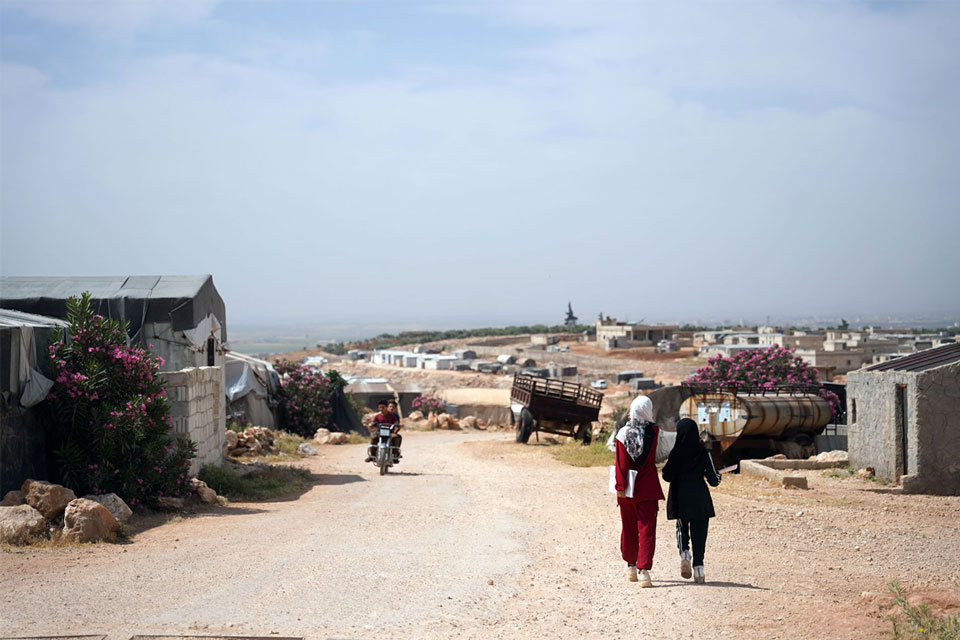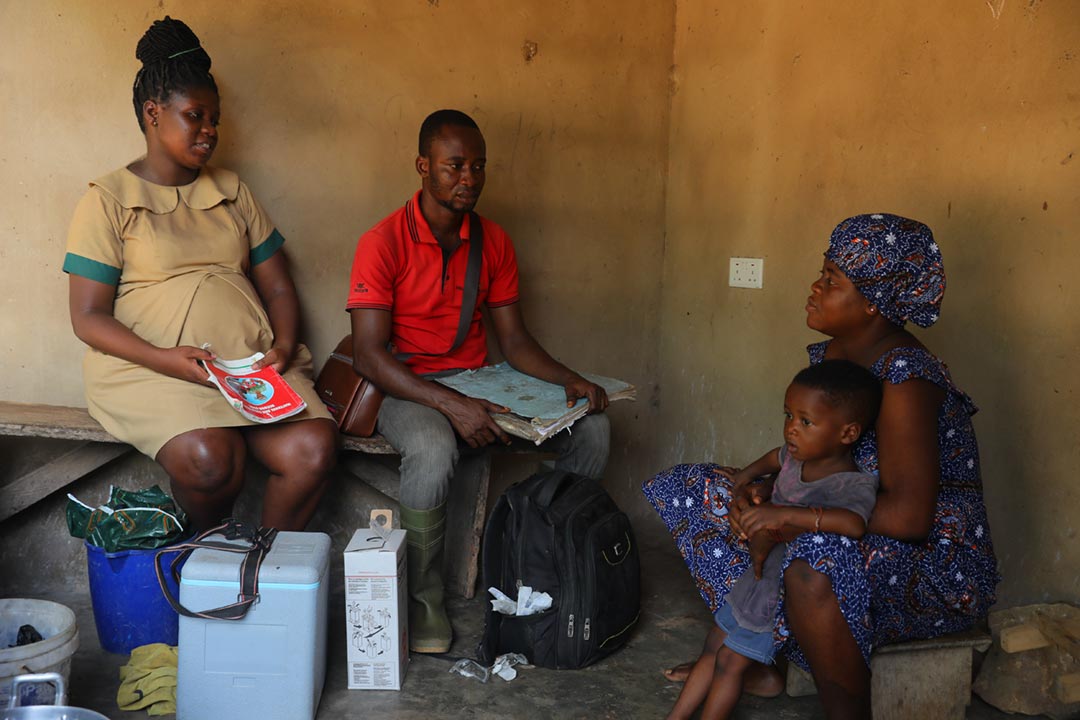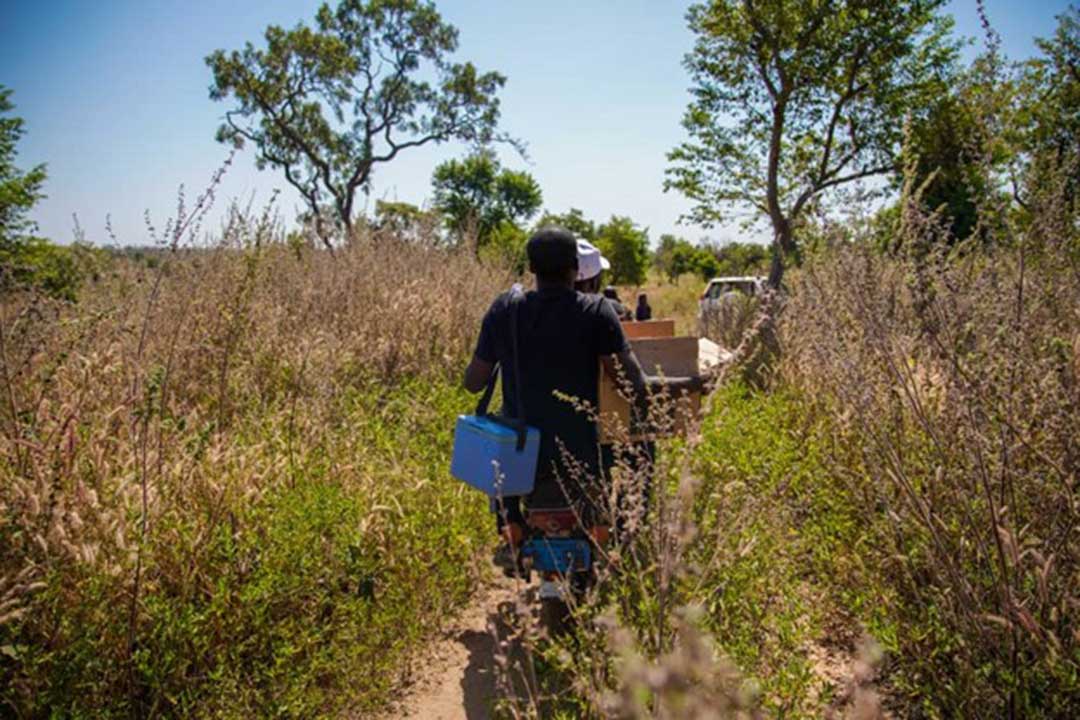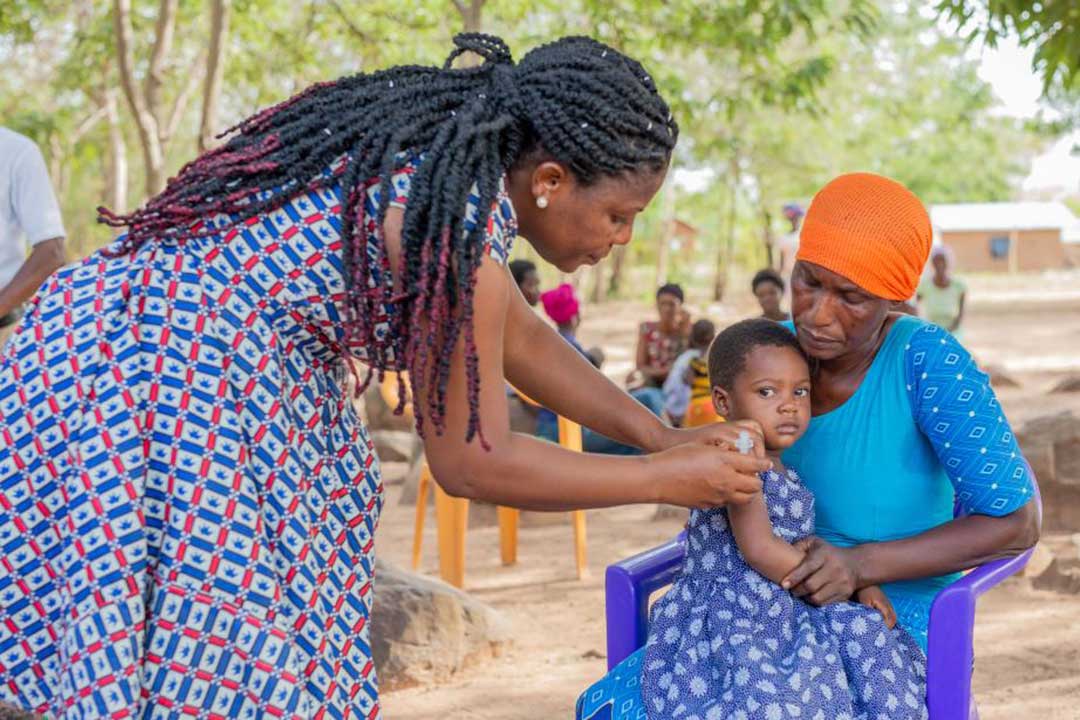
As immunization levels fell in over 100 countries worldwide between 2019 and 2021, in the largest sustained decline in childhood vaccinations in three decades, Ghana was not spared.
Driven by COVID-19 pandemic-associated lockdowns and widespread fear of contracting the virus at health facilities, routine immunization rates fell across the board in Ghana between 2019 and 2020. Coverage of the third dose of pertussis-containing vaccine (DTP3), which protects against life-threatening childhood infections such as diphtheria, tetanus and pertussis, fell from 99% to 97%. In real terms, this left over 32 000 Ghanaian children unprotected by critical vaccines.
Now the country's government, with the support of World Health Organization (WHO) and partners, is stepping up the drive to revamp routine immunization to reach the tens of thousands of children who missed out on essential vaccination, restore vaccination to pre-pandemic levels and strengthen the overall vaccination programme.
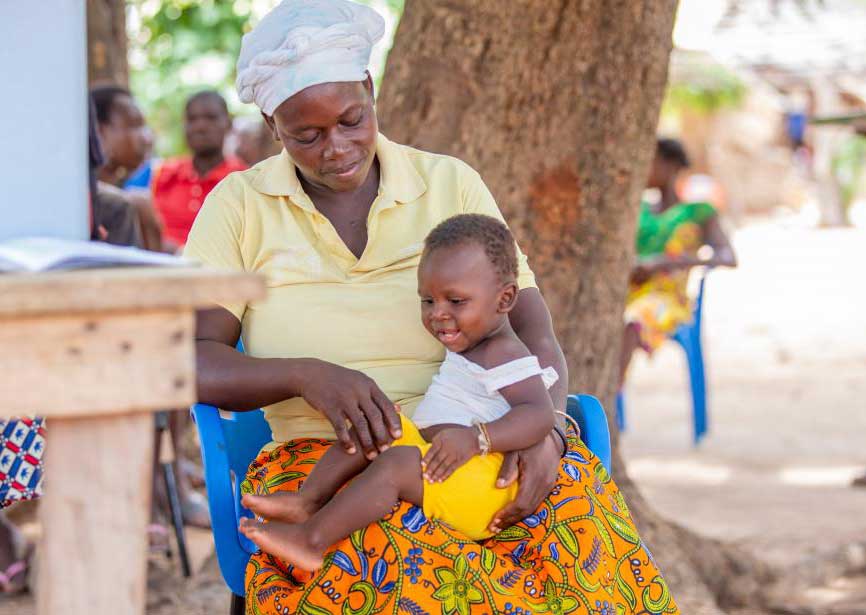
"I always ensured that my children got all the necessary vaccinations. But COVID-19 changed everything," says Beauty Setornyo, a mother of six, whose son Dufe Dodzi missed out on his scheduled childhood routine immunizations.
"Due to the pandemic, I could not go to the health centre on the mainland for vaccination because we feared we would get the virus," she adds. The situation left Dufe exposed to childhood diseases such as measles, polio and yellow fever.
Setornyo lives in Dadoto, an island community in the newly established Oti Region in Ghana's Volta Basin. With five of the region's nine districts surrounded by rivers, and the other four by mountains and valleys, the 320 island or riverine communities were, until recently, only reachable by one barely usable boat.
Health services in this region are scarce, with health facilities inadequate to meet the communities' needs. The challenge is compounded by the high cost of delivering immunization services to this hard-to-reach location. Together with the impact of the COVID-19 pandemic lockdowns, there was an urgent need to reach the 4200 children in the area who had yet to receive a single vaccine.
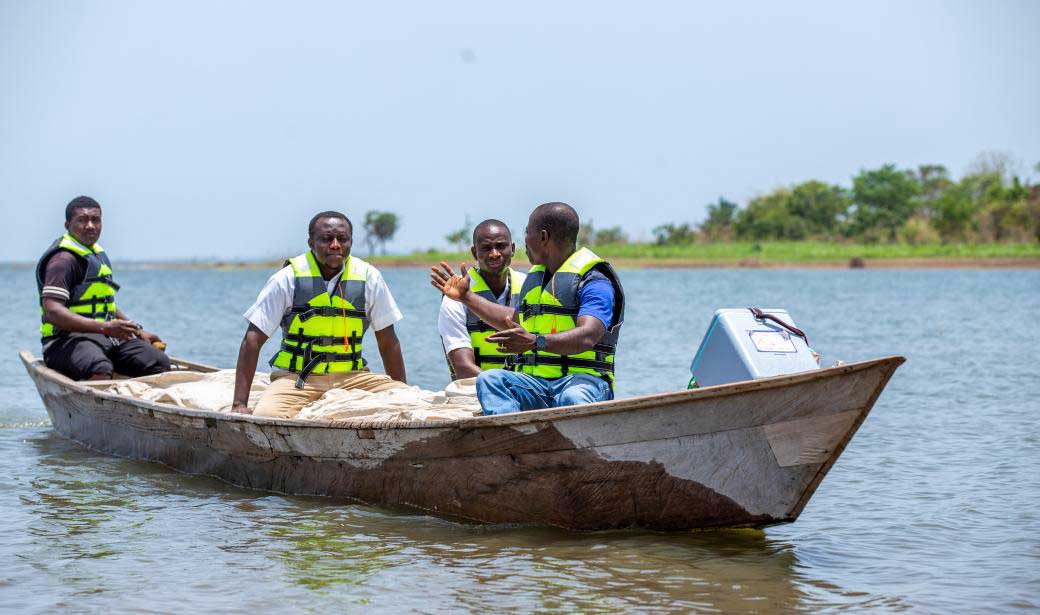
Ghana's Ministry of Health prioritized the area. Together with WHO and Gavi, the Vaccine Alliance, they procured a dedicated medical boat to support this critical service delivery.
The ministry also engaged 22 community-based and civil society organizations and opinion leaders to sensitize parents and caregivers, to generate demand for routine immunization.
Have you read?
For many people, community mobilizers played a critical role in reassuring them of the safety of vaccines for their children.
"If it wasn't for our community leader telling me that I could trust the health care workers, I would have been much more worried," says Setornyo. "But now that I have all the information about how these vaccinations protect my children, I feel so much more secure."
WHO supported the training of 90 health workers and community-based volunteers on catch-up strategies to identify and immunize all children who had missed a vaccine.
"During the pandemic, our weekly immunization reach was reduced from about 200 to about 50 children," says Etornam Tsakesuh, the principal community health nurse at the Dadoto community health planning and services compound.
"But the logistical support and the training we got on the catch-up policy enabled us to take the services to the doorsteps of families, allowing us to increase our reach to about 300 children a week," he says.
A total 322 communities were reached during the mop-up vaccination campaign, with more than 4100 vaccine doses administered between 12 and 15 July 2022.
Currently, WHO is overseeing the construction of three dedicated medical boats to ensure that access to health care, including immunization services, is sustainable for these island and riverine communities.
"WHO's timely intervention of renting boats, providing logistics and technical support for us was critical in restoring immunization services in this region, especially to the island communities which account for about 30% of the population," says Dr Osei Kuffour Afreh, the Oti Regional Director of Health Services.
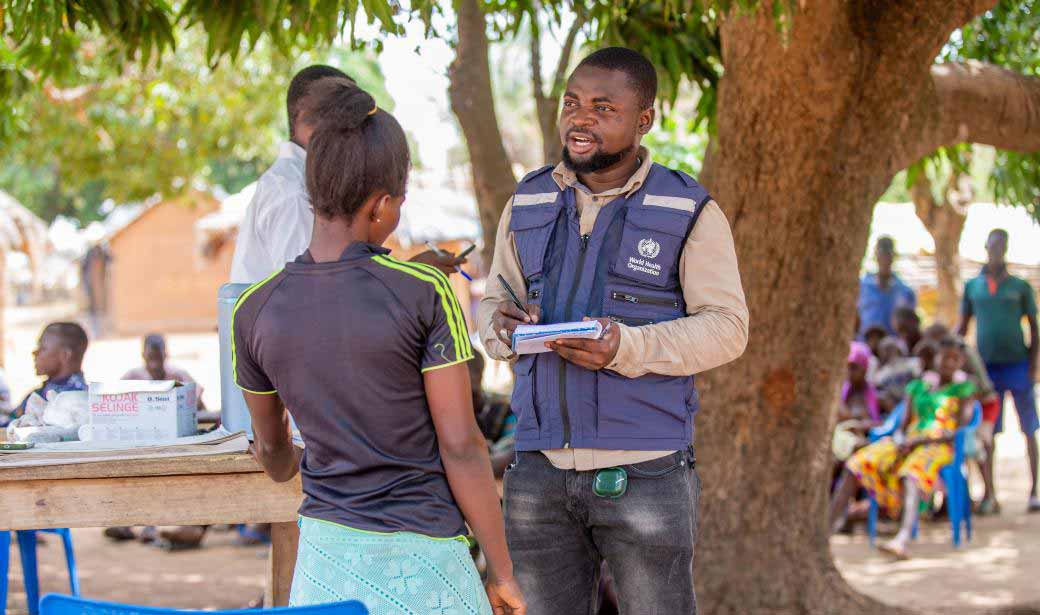
As a result of Ghana's broad-based efforts to restore routine immunization, the country recorded a 7% increase in the number of districts achieving more than 90% coverage for DTP3 between 2020 and 2022. Significant strides were also made towards achieving vaccine equity, with a 10% increase in the number of districts achieving more than 80% DTP3 coverage over the same period.
Critically, says Dr Francis Kasolo, WHO's Representative in Ghana, the activities already implemented will lay the groundwork for sustained service delivery to these underserved communities.
"As WHO, we remain fully committed to not only catching up on pre-COVID-19 immunization coverage, but also surpassing it," he says. "We will continue to support the Government of Ghana to vaccinate every child who lost out and avoid missing any more vaccines."
Setornyo is relieved that she has caught up on Dufe's critical vaccinations. "Now my mind is at peace that my son has gotten all the vaccinations he missed," she says. "I am grateful that the health workers are able to now reach us here, without us having to go to them."
Website
This article was originally published by the World Health Organization African Region on 19 April 2023.
More from WHO
Recommended for you





